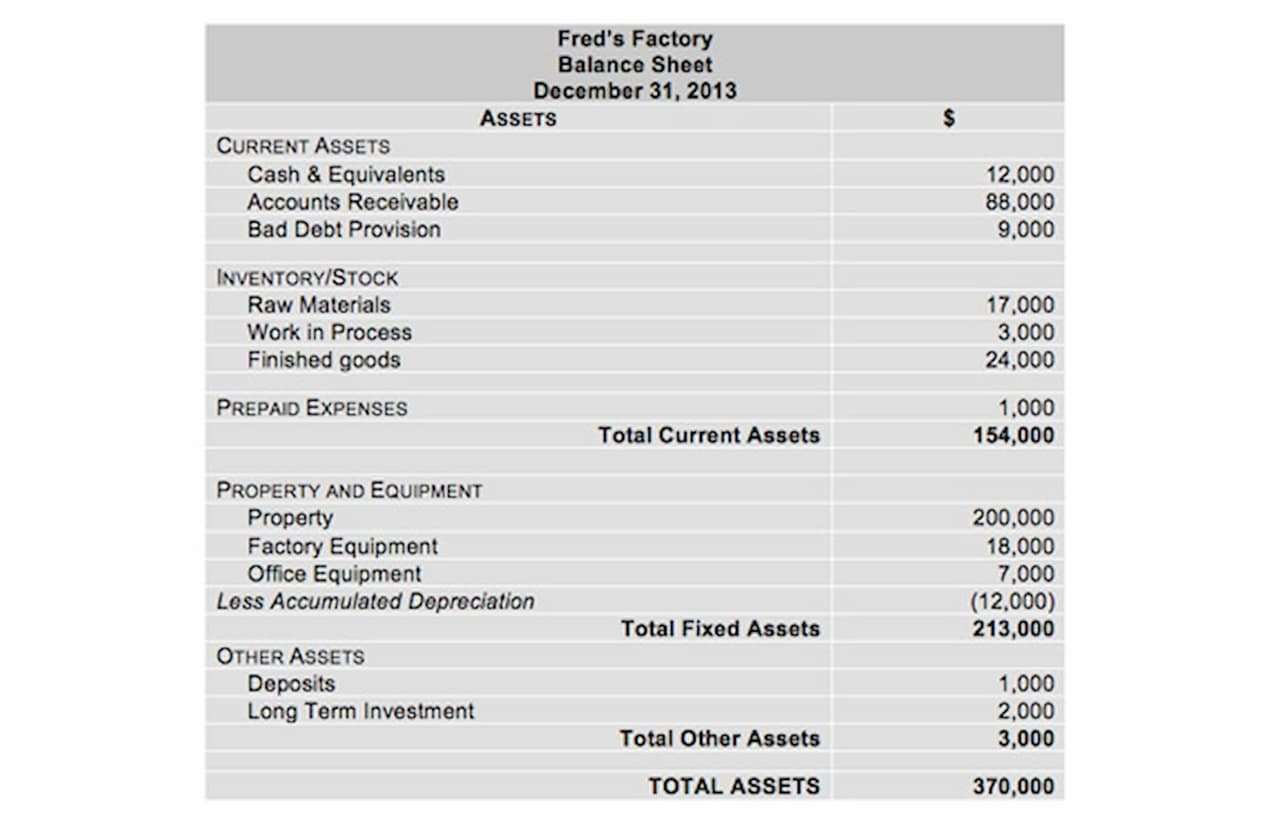Incremental analysis evaluates the total costs and benefits incremental analysis of a specific project or investment. In the realm of business, the art of setting prices is not merely about covering costs or undercutting competitors. It’s a sophisticated dance that balances multiple factors to ensure profitability and market competitiveness. In the dynamic landscape of business, where change is the only constant, organizations grapple with multifaceted decisions on a daily basis. From pricing strategies to capital investments, from product development to resource allocation, these decisions shape the trajectory of a company’s growth. Amidst this complexity, incremental analysis emerges as a powerful tool, providing a structured approach to evaluating choices and optimizing outcomes.
To determine which offers a better financial result, compare the results to one another or against a fixed amount, such as the cost of hiring a new employee or the price of the product for sale. A well-defined problem statement provides focus, enabling managers to direct their efforts toward generating effective solutions. By precisely outlining the problem, managers can ensure that their decision-making process remains purposeful and targeted. Consider a company that manufactures a particular product and sells at a net profit margin of 25%. The company receives an inquiry for a similar product with a net profit margin of 15%.
The sales manager is considering rejecting the potential order because of a policy to only accept orders with a net profit margin of 20% or higher. However, if the company at full capacity can still supply the product, it may lead to a higher margin than its forecasted 15%. So, the relevant cost of making the part in-house is actually $30 per unit (direct materials + direct labor + variable overhead). Given this, it would be cheaper for Company ABC to produce the part in-house rather than buying it from the supplier. In the following sections, we will examine the application of incremental analysis to project evaluation criteria and cost-benefit comparisons in more detail.
GoHub and The Water Tower Form a Strategic Partnership
Incremental analysis, also known as differential or marginal analysis, is a financial decision-making process used in business. It examines the cost and potential revenue from making business changes like adding new product lines, pricing decisions or processing changes. Imagine a company, XYZ Widgets, is currently producing 100 units of a product at a cost of \$20 per unit. A potential client approaches them with a special order for an additional 50 units at \$15 each. While the marginal analysis includes both relevant and non-relevant costs like sunk cost and expenses already incurred, the non-relevant expenditure does not impact the results. Needless to say, it offers valuable insight into the non-relevant costs, and it is yet another example of a relevant cost approach.
Conclusion – Driving Business Success: Utilizing Incremental Analysis for Sound Decision Making
In addition to evaluating current alternatives, accounting information plays a crucial role in reviewing past decision outcomes. By analyzing the financial results of previous decisions, managers can learn from successes and failures, refine their decision-making processes, and improve future outcomes. Incremental analysis is applicable to both short- and long-run issues, but is particularly suited to short-run decisions.
- It’s a sophisticated dance that balances multiple factors to ensure profitability and market competitiveness.
- Just keep in mind that you shouldn’t factor in previous expenses; instead, focus only on costs that are directly related to the decision at hand.
- Incremental analysis, also known as differential or marginal analysis, is a financial decision-making process used in business.
- They rely on various decision-making approaches and tools to make the right choices.
Comparing Marginal and Incremental Analysis
Managers encourage a free flow of ideas, encouraging team members to share their thoughts without judgment. This inclusive approach fosters creativity and allows for the consideration of unconventional but potentially effective alternatives. Company ABC produces widgets and needs a specific part for its production process. They have the choice of making the part themselves or buying it from an external supplier.
Incremental Analysis consider accounting information to select the best alternative. Marginal Analysis considers the relationship between economic variables against change in quantity. In the realm of investment, bonds are often perceived as a safer alternative to stocks. Loyalty technology has revolutionized the way businesses engage with their customers. In the realm of strategic planning and operational efficiency, the role of performance metrics… The Madrid Stock Exchange, or Bolsa de Madrid, is a prominent financial institution with a rich…
- Readers are advised to note that sunk cost, previous cost, etc., are not included.
- These non-financial factors can influence the decision and should be considered alongside the quantitative analysis results.
- The sales manager is considering rejecting the potential order because of a policy to only accept orders with a net profit margin of 20% or higher.
- Depending on the alternatives being compared, the variables and figures will change.
Another example includes any decision to be made in retaining or changing the firm’s distribution partners. Determining new options or retaining the existing alternative to increase revenues is one of the benefits. Remember, incremental analysis isn’t just about numbers; it’s about making informed choices that shape the future of an organization. Whether you’re a seasoned executive or a budding entrepreneur, mastering this concept can be a game-changer.
What is Incremental Analysis?
By embracing this method, businesses can unlock growth, adapt swiftly, and thrive in an ever-evolving environment. Organizations often face the choice between producing a component internally or outsourcing it. Incremental analysis compares the additional costs of in-house production (labor, materials) with the savings (avoiding supplier costs). By embracing incremental analysis, you not only equip yourself with a quantitative edge but also foster a culture of disciplined, insightful decision-making in your organization.
When deciding between two or more options, businesses frequently use incremental analysis to compare the options and determine which is the most cost-effective course of action. Operational considerations play a significant role in incremental analysis for short-term decision-making. When evaluating alternatives, managers must assess the available resources, production capacity, and operational constraints. By focusing on the incremental changes in revenues and costs, decision-makers can align their decisions with the operational capabilities and limitations of the organization. Marginal analysis, which comes under microeconomics theory, is an analysis that deals with marginal change in given economic variables.
Under the IRR criterion, the investment with the highest IRR may not be the preferred alternative. To avoid this problem, we estimate the internal rate of return on the difference in cash flows of pairwise alternatives. Incremental analysis is the decision-making technique used in business to determine the actual cost difference between alternatives. Incremental analysis is a problem-solving method that uses accounting data to make decisions. When one alternative is compared to another, incremental analysis can reveal the advantages or various consequences. This distinction is vital in strategic decision making, as it enables managers to evaluate the potential outcomes of different courses of action.
The Importance of Incremental Analysis
Each article on AccountingProfessor.org is hand-edited for several dimensions by Benjamin Wann. My site utilizes a unique process that leverages AI and human subject matter expertise to create the best content possible. By embracing a culture of continuous improvement, organizations can enhance their decision-making capabilities and adapt to changing circumstances more effectively. And also it helpful for business strategy, including the decision to self-produce or outsource a function.





